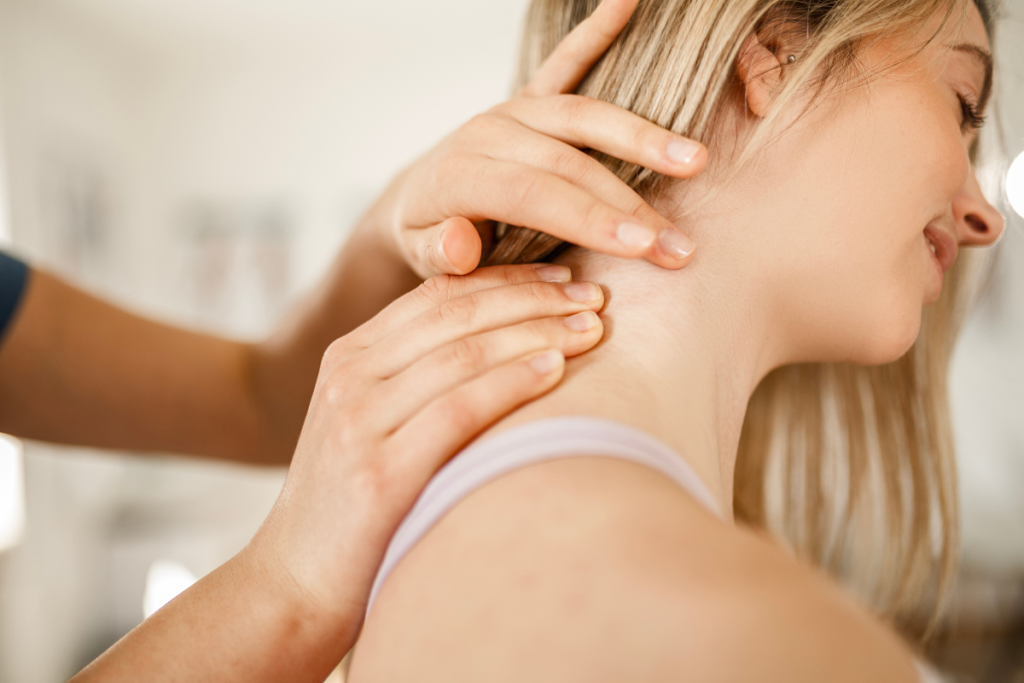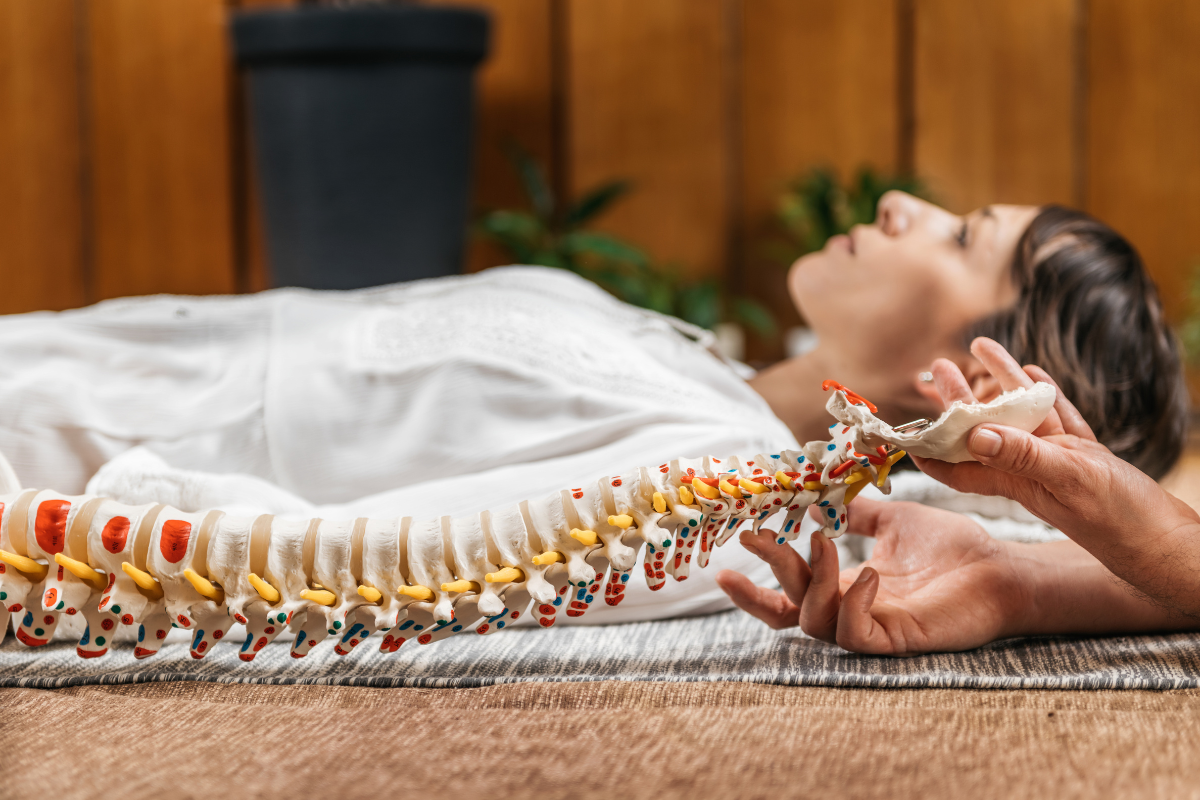Headache is a common ailment that many people of all ages complain of. Increasingly, headache from the spine is being noticed among patients. The two types of pain can be related, and to get rid of them, it is necessary to find the cause of their occurrence.
Are headaches and back pain related?
Headaches can have a variety of causes, and this also applies to complaints originating in the cervical spine. This is mainly because the muscle attachments have connections to the skull, among other things. This particular location often results in overload, muscle dysfunction and the development of projection pains towards the head due to poor posture or other unfavourable habits. If the situation persists over a long period of time, the muscles in the lower neck and shoulders are also strained. It is worth noting that it is not always headache i back pain are interlinked. There are many more health problems than just spinal dysfunctionTherefore, it is always best to go for a consultation with a specialist who will correctly identify the cause of the pain and point you in the right direction for therapy.
Headaches - causes
Pain varies in course, severity, location and duration. There are a number of causes that cause headache and back pain at the same time. Among the most common of these, specialists include:
- excessive tension on the spine due to stress or a sedentary lifestyle,
- abnormal alignment of the spinal vertebrae due to prolonged and improper head posture,
- lesions due to degeneration and other conditions.
When these discomforts are prolonged and do not pass after a few days, it is necessary to look for other causes. It is worth seeing a specialist to check whether the problem lies on the side of the spine, specifically in the cervical, lumbar, sacral or caudal regions.

Spinal conditions causing severe headaches
Neck pain and headaches are a fairly common occurrence that arise due to the stress and fast pace of life, which are usually associated with working. To prevent this, it is advisable to visit a professional physiotherapist who can relax the tension and at the same time reduce the discomfort you feel. If your headaches and back pain persist after several treatments, you should visit your doctor for further diagnosis. Below are the most common conditions that patients face.
Cervical discopathy
People who complain about headache and neck must perform cervical X-ray from the spine. In the case of cervical discopathy, the protruding discs put pressure on the ligaments of the spine, the nerve roots innervating segments of the neck or individual parts of the arms.
Cervical lordosis
It develops very early when the infant, lying on its tummy, tries to lift its head upwards. When this physiological curvature appears, the development of other curvatures is also conditioned. These natural curvatures of the spine are designed to keep the spine in balance and to accumulate the overload that arises in them. When the cervical lordosis is lacking, the head loses its natural shock absorber. At a later stage, this manifests itself in severe headaches and migraines.
Degeneration of the cervical spine
The cause of headaches from the spine is the overloading of the muscular and ligamentous apparatus and the fascia, the tissue that scales and integrates all the aforementioned elements with the skeletal system. To avoid this, the muscles need to be properly cared for so that they are in good condition and do not accumulate too much tension.
Treatment of headaches
Headache treatment should be tailored to the specific cause and the needs of the patient. Among the methods available are:
- Pharmacological treatment - the use of painkillers can effectively reduce the pain experienced.
- Anti-inflammatory drugs - can be helpful when the headache has an inflammatory origin.
- Manual therapy - an experienced therapist can use a variety of techniques such as massage, soft tissue therapy, fascial therapy, trigger point relaxation, post-isometric relaxation and rehabilitation exercises to help reduce headaches and improve neck muscle strength and posture.
- Rehabilitation - methods such as magnetotherapy, heat therapy, sonotherapy and electrotherapy can also provide relief.
- Lifestyle changes - in some cases, making modifications to daily habits, such as avoiding known pain triggers, may be enough to alleviate symptoms.
- Surgical interventions - in situations where other forms of treatment fail, the doctor may consider spinal surgery to remove the source of the pain.

Headache treatment at MTS Holistic Therapy
At our clinic, we treat spinal-related headaches using a variety of therapeutic methods. These help to relieve tension and restore balance in the body.
Pinopressure is a technique that involves applying pressure to specific points on the body. It works by stimulating the nervous system. It brings relief from headaches associated with spinal problems, reducing muscle tension and improving circulation.
Acupuncture is a traditional method in which thin needles are inserted into specific points on the body. It works by regulating the flow of energy, which can help relieve headaches caused by tension in the spine.
Manual therapy is an approach in which the therapist uses a variety of techniques, such as manipulation and massage, to improve spinal function and reduce tension. This helps to achieve relief from headaches, as well as improving overall posture.
Bioenergotherapy uses the therapist's biological energy to harmonise the patient's body. Through appropriate energy transfer techniques, the therapist can help to reduce headaches. Especially when its cause is spinal problems.
Reflexology focuses on the stimulation of corresponding reflex points on the feet and hands that correspond to different organs and parts of the body. This can provide relief from headaches by improving circulation and relaxing tense muscles.




